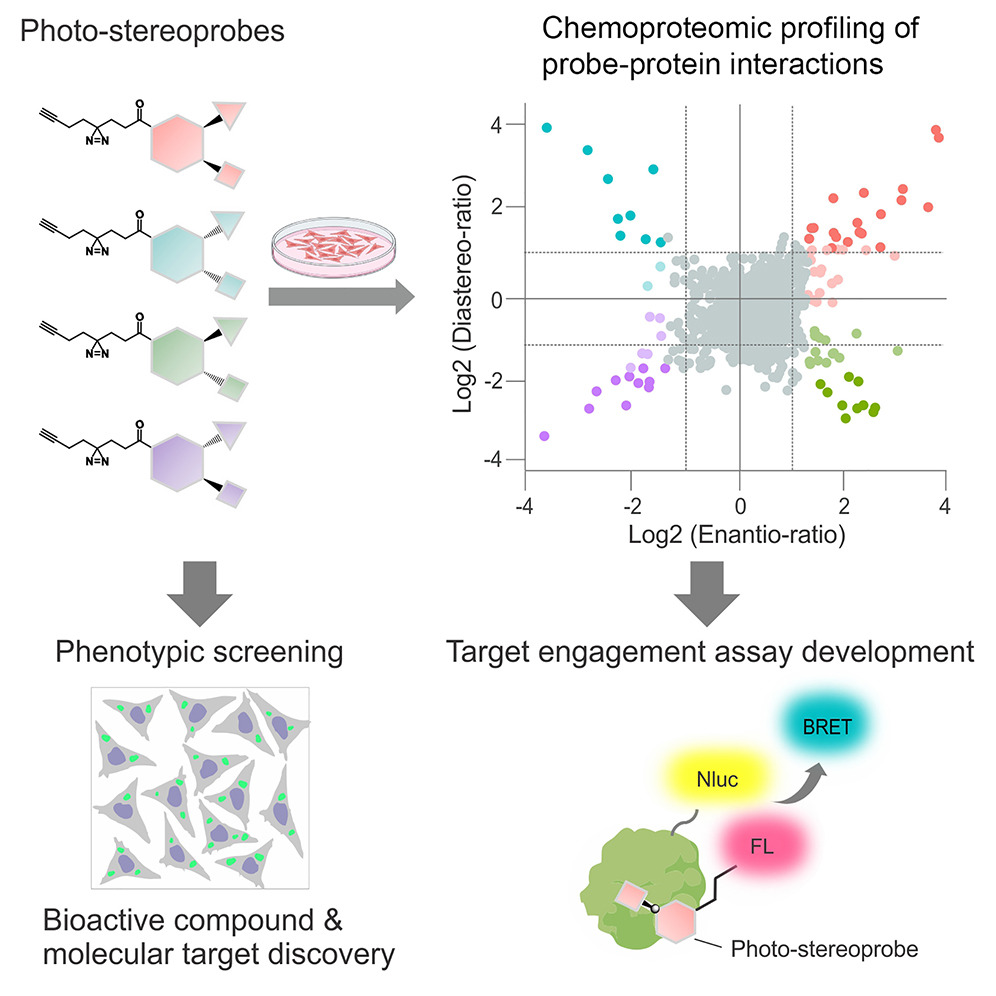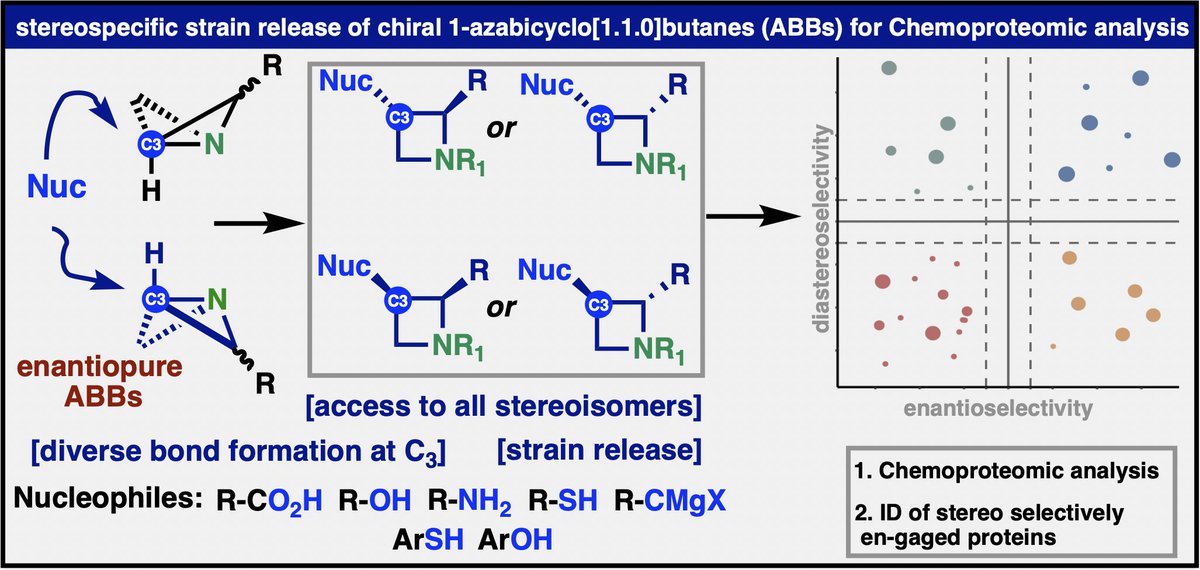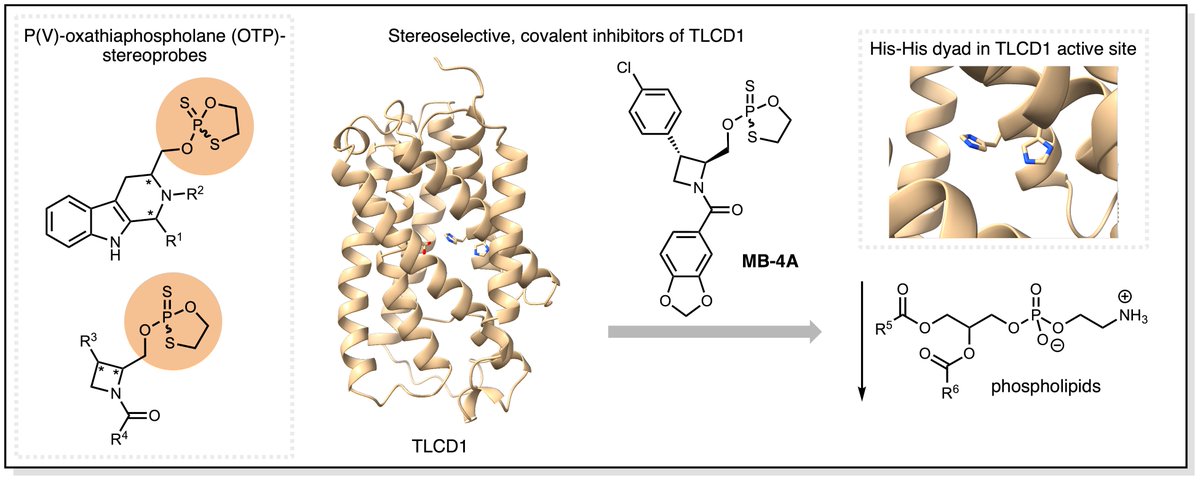
Bruno Melillo
@brumelillo
ID: 1496871510
09-06-2013 23:46:38
88 Tweet
193 Followers
607 Following

I am delighted to share that the main body of my postdoctoral work with #BenCravatt in collaboration with Bruno Melillo, #RamnikXavier and Stuart Schreiber is finally out which harnessed photoreactive stereoprobes to expand the ligandable proteome: tinyurl.com/f3uxbjj3.


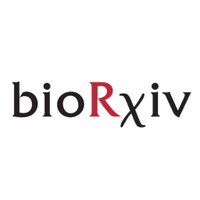



Beautiful talk by Benjamin Cravatt at #AACR24 about ABPP & targeting cysteines to extend druggable space. Featuring the recently disclosed FOXA1 stereospecific covalent ligand derived from marrying diversity-oriented chemistry Stuart Schreiber with the power of chemoproteomics.
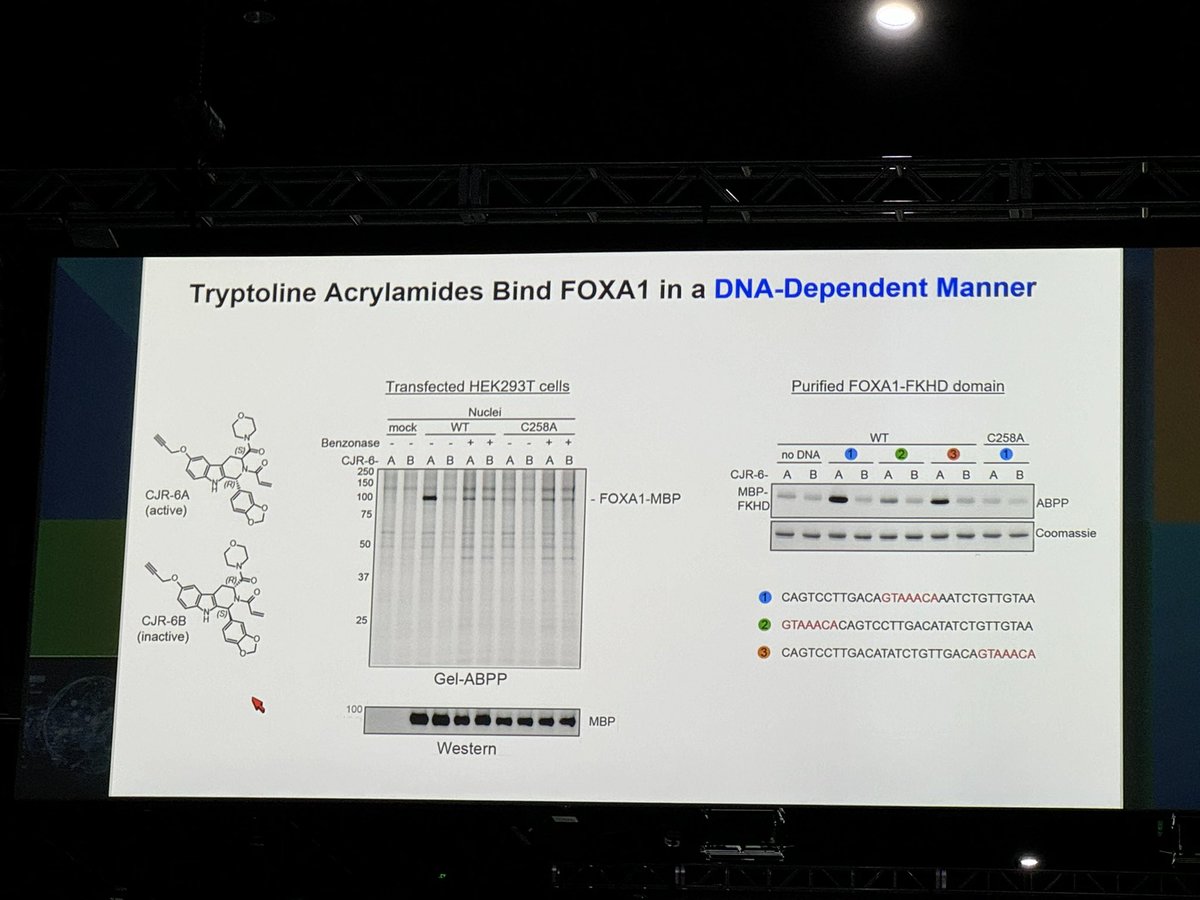

Introducing CHARM: a new epigenome editor to methylate DNA at the promoter of a targeted gene. Our lab's collaboration with Jonathan Weissman's Lab's Edwin Neumann & Tessa Bertozzi shows deep silencing of brain PrP Paper: science.org/doi/10.1126/sc… Blog: cureffi.org/2024/06/27/int…
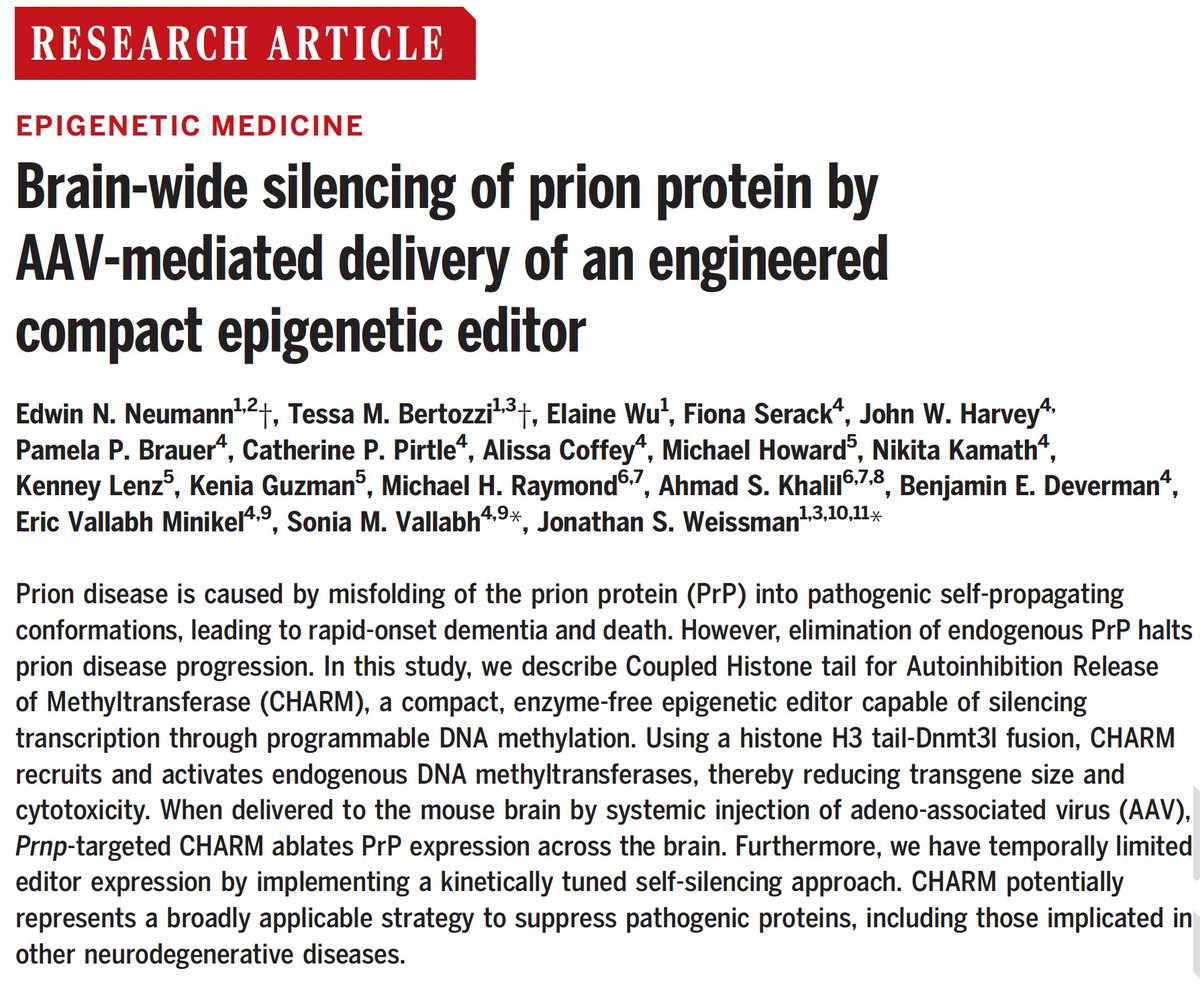

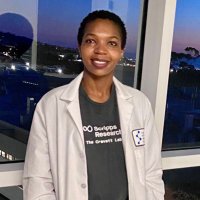
Excited to share a key part of my postdoctoral work in the Cravatt lab at @ScrippsResearch, published today in Nature Chemistry! Huge thanks to collaborators Bruno Melillo, Rachel Hayward, Vividion Therapeutics, and all coauthors.

The Cravatt Lab, with Bruno Melillo and Evert Njomen, identified novel proteins that could be targeted to delay or even prevent #cancer cell division. Published in Nature Chemistry, this study paves the way for developing innovative cancer therapies. More: ow.ly/jaWL50TeCWB
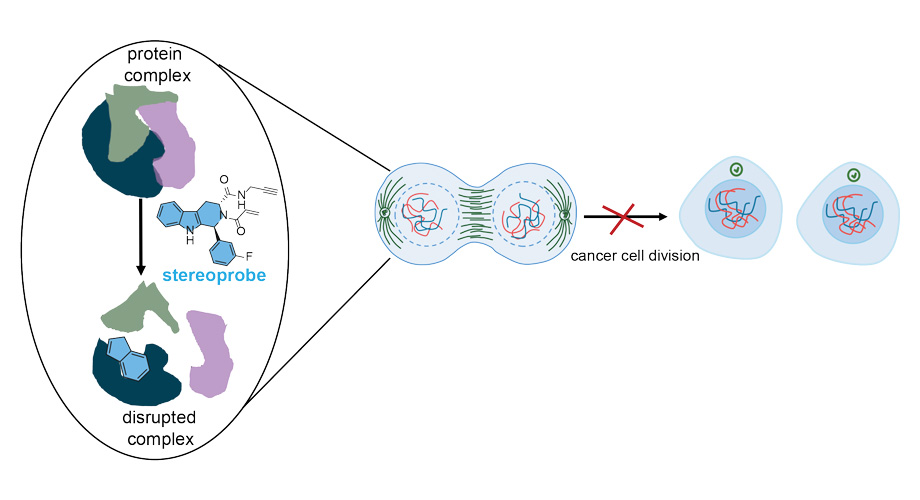
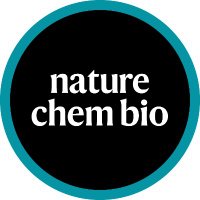
Ben Cravatt and Yuanjin Zhang | 张沅珒 report a paralog-hopping approach leveraging chemical proteomic data on covalently liganded cysteines, revealing an allosteric pocket shared by cysteine-containing CCNE2 and cysteine-less paralogous proteins. Read it here rdcu.be/dUlxn
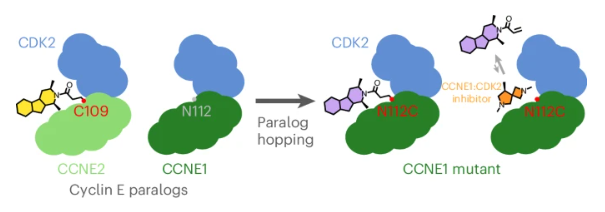

Excited to share this CellChemicalBiology Review I wrote with Ben Cravatt highlighting recent applications of ABPP for ligand discovery. We highlight the expansion of ABPP beyond enzyme active sites with a special focus on covalent ligands. Enjoy! tinyurl.com/48cyaj6d

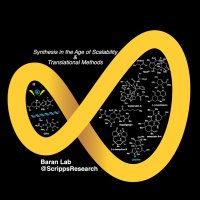


New findings in Molecular Cell by Ben Cravatt and Michael Erb identify a ligandable site on the “undruggable” FOXA1 transcription factor in hormone-driven cancers. Dual ABPP maps FOXA1-small molecule interactions, guiding therapeutic design. More at: ow.ly/cB2M50TM2gb
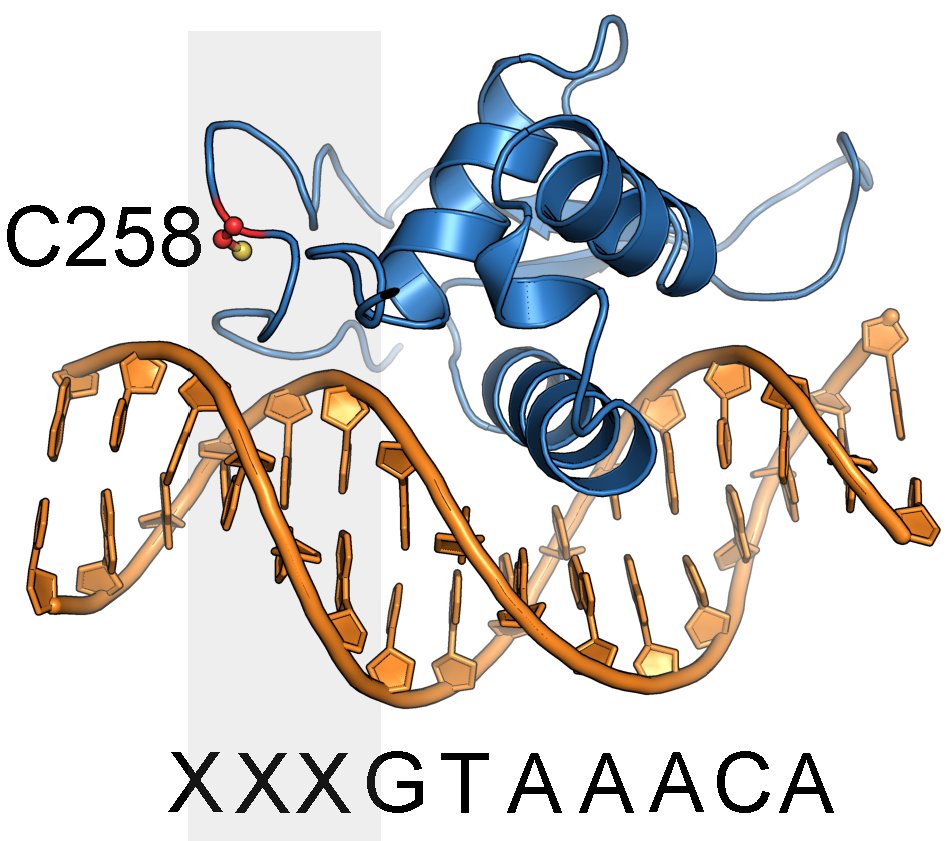


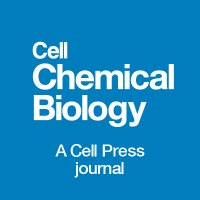
Online now! Chemical tools to expand the ligandable proteome: Diversity-oriented synthesis-based photoreactive stereoprobes by Daisuke Ogasawara, Bruno Melillo, Ben Cravatt, et al at Scripps Research Broad Institute Harvard Medical School dlvr.it/TGFYHz

#Technology Chemical tools to expand the ligandable proteome: Diversity-oriented synthesis-based photoreactive stereoprobes by Daisuke Ogasawara, Bruno Melillo, Ben Cravatt at Scripps Research Broad Institute Harvard Medical School MassGeneral News dlvr.it/TGwBK2
